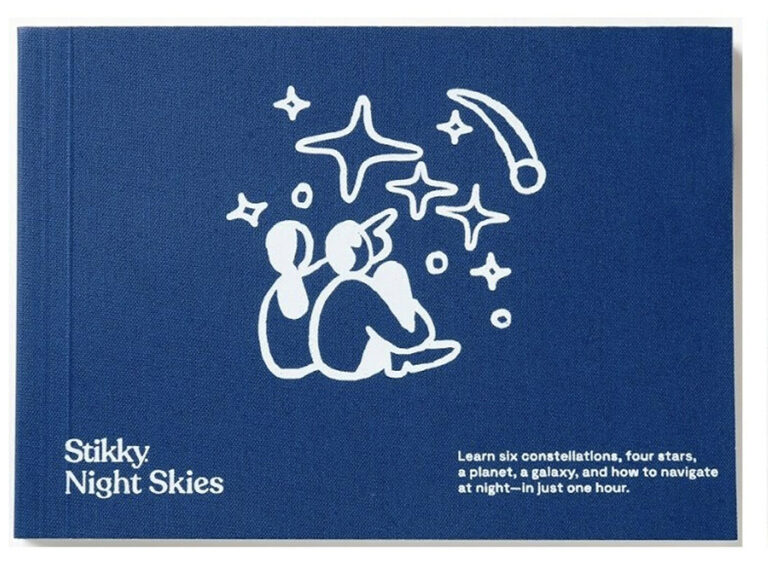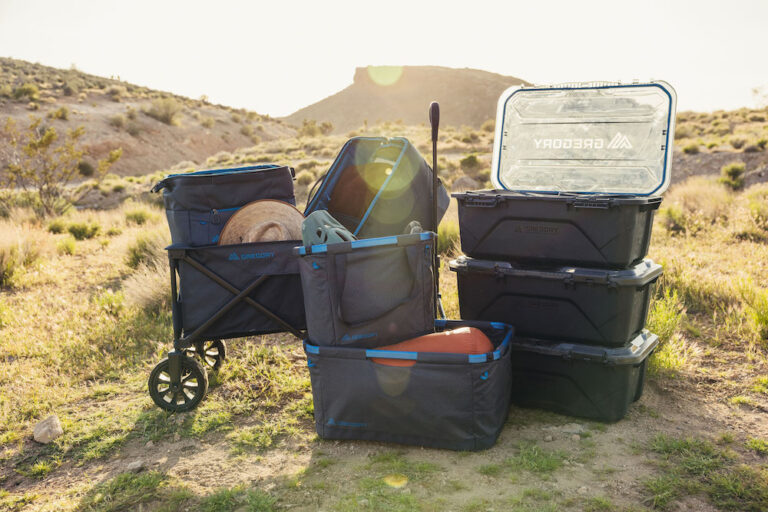Happy winter! Winter is not just for cozying up by the fire with a cup of tea and blanket, reading your favorite adventure novel. Winter is a great time to be outside, enjoying the fresh snow and practicing survival skills.
I don’t know about you, but, when I was a kid, I loved making shelters. I think most kids do! Especially after a fresh dump of snow, which offers new possibilities for fun and creativity. If you grew up in snow country, you probably have had some experience of building some sort of snow fortress to ward off the enemy’s attack during a snowball fight. Perhaps you dreamt of creating an ice castle or palace that was your domain to rule.
What seems like child’s play can be an effective way to empower your child with a sense of independence and self-reliance. Practicing snow shelter building instills self-confidence as they fantasize about being king or queen of their world. It can also create memories and family bonds that last of a lifetime! I remember my dad and I hiked somewhere up Snoqualmie Pass, made a simple open-sided snow cave, ate lunch and went back home. I wanted to sleep in it, but we didn’t bring our sleeping bags. A cherished memory made over 50 years ago!
What may be simple, fun, play time now, could also serve as a life-saving survival skill in the event that a future snow adventure goes awry. Building a good snow shelter can be critical in a real-life situation.
Here are some tips to ensure that your snow shelter is safe and effective.
First of all, there are many types of snow shelters. The snow cave, a Quinzee hut (similar to an igloo), or using a tree well have been proven the most effective. Your choice of shelter depends on your situation, time available, the consistency of the snow, and your landscape.
Quinzee Shelter: If you are in a flat meadow area with ample amount of packable snow, and a bit of time on your hands, consider making a Quinzee. It’s the most effective, but takes time to build. Pile snow into a large mound. Poke one-foot sticks over the pile as guides and wait about an hour for the snow to settle. Start digging at the base for your door. Make sure you have a decent arch (not peaked) shape for your roof. Build a sleeping platform inside lined with tree boughs.
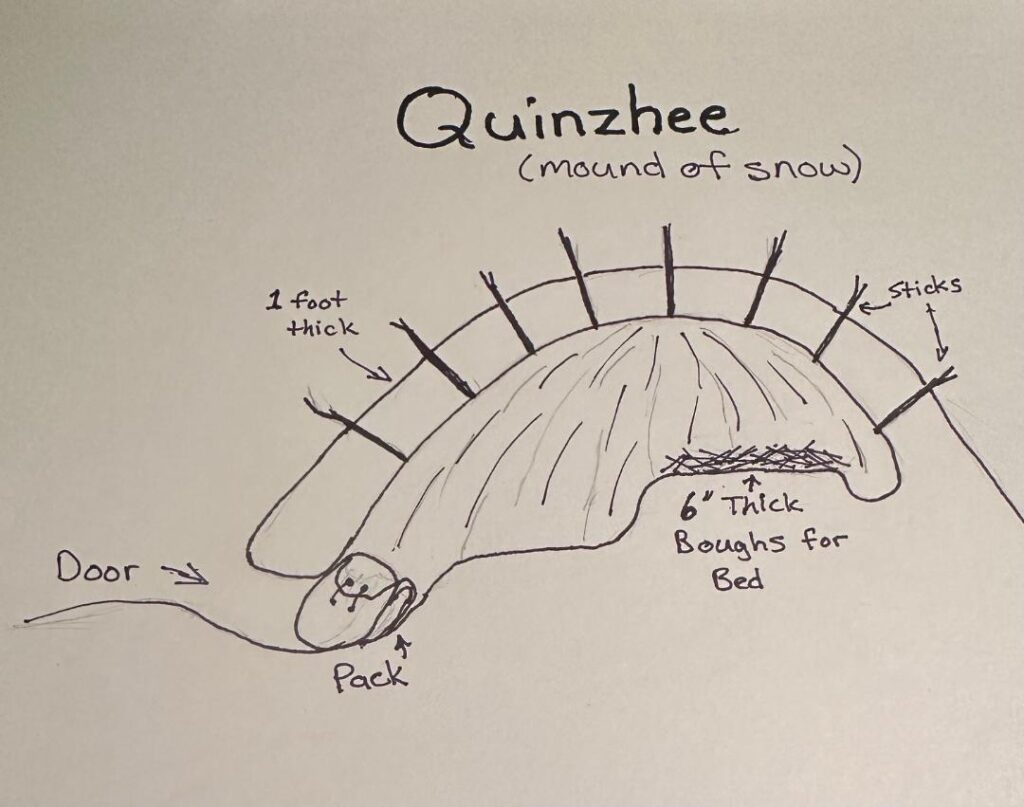
Snow Cave: Look for a large snow drift with good packable snow. If you can make a snowman, you’re in luck! Dig your door into the base of the drift. Dig up into the drift and create your cave. The ceiling should be arched and your door lower than your sleeping area.
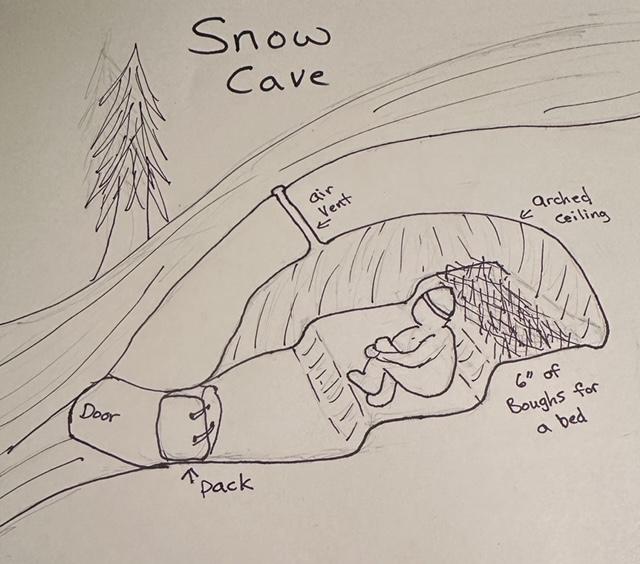
Tree Well Shelter: If you are in a treed area and need something quick, I’d consider huddling down into a tree well. Dig down until you reach the ground, pack out the walls and cover the bottom with boughs. Put larger tree branches above your shelter to prevent snow from falling in and keep the heat from escaping. Not ideal, but it will get you through the night.
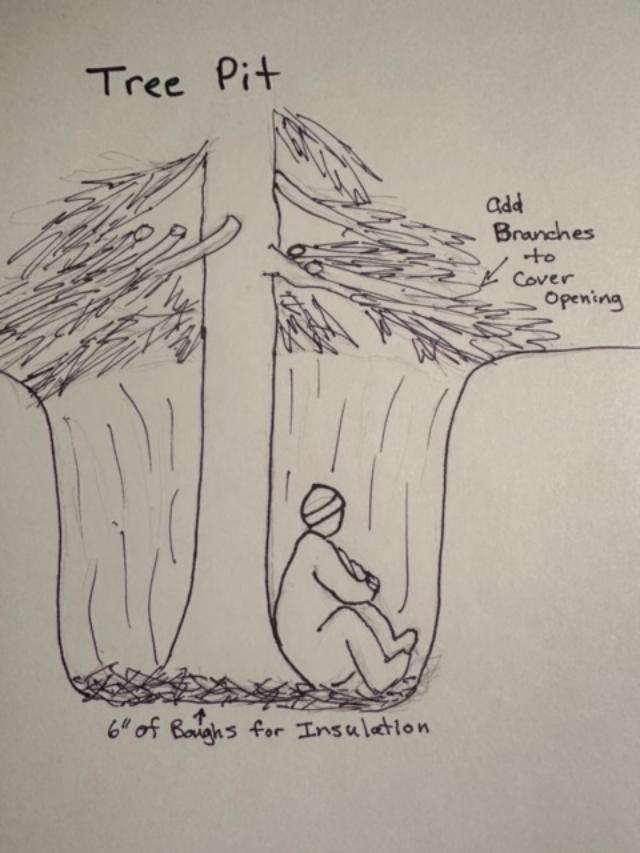
What makes a good snow shelter?
There are a few common items that make a good snow shelter:
- Packed-out walls, at least 1 foot in thickness
- The ceiling should be smooth, so as not to create a drip point
- Arched ceiling (remember, “flat goes splat!”)
- Roof is not peaked and does not have a lot of heavy snow on top
- Appropriate ventilation
- Door opening placed 90 degrees from prevailing winds
- Raised sleeping area (heat rises, while cold air goes down and out)
- 6 inches of tree boughs to insulate you from the ground
In a survival situation, take care not to sweat while making your shelter! Once your clothes are wet and you stop moving, your core temperature can drop and cause hypothermia. Always wear wool, as wool will help you stay warm even when wet.
So, get out and go play in the snow no matter what age you are! Spend time with your kids and practice making shelters. If you believe your shelter is safe (you could let it set overnight to see if it holds), then take the challenge and sleep in it. Learning these skills are fun and may save you or your child’s life.
Karie Lee Knoke is a wilderness/primitive skills instructor and founder of Sacred Cedars Wilderness School in Sandpoint, Idaho. She was a contestant on the reality survival TV show, Alone Season 9, on the History Channel. Go to www.karieleeknoke.com for more information, or follow her on Facebook @SacredCedarsWildernessSchool or Instagram @Karie_Lee_Knoke
Cover photo courtesy of Fiona Hicks Photography










